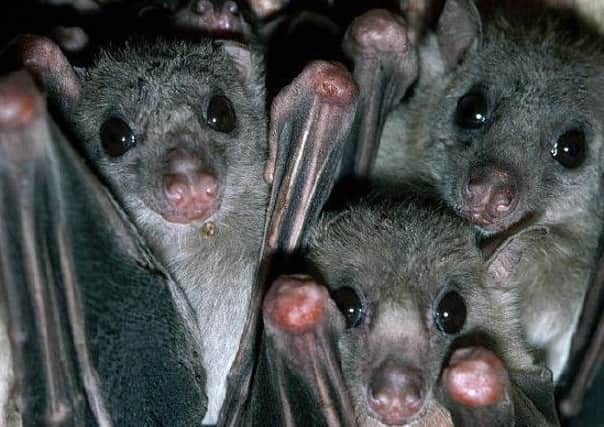Loch Ness lay-by works affected by nearby bats


Efforts are being made to complete work on the Wellington lay-by on the A82 between Inverness and Fort Augustus, but they face being affected by the discovery of the bats.
Only half of the 1049ft lay-by is currently open, and work was due to continue on site to clear vegetation.
Advertisement
Hide AdAdvertisement
Hide AdHowever, the protected species being found roosting in a dry-stone wall at the site could put brakes on the project.
A spokeswoman for Transport Scotland said: “The latest phase of work at the Wellington lay-by, due to get under way this month, involves tree and vegetation clearance.
“Bat surveys will also be undertaken to assess existing bat roosts in the wall. Further works are programmed to begin in September 2015, subject to the outcome of the bat surveys.”
As well as rebuilding the parapets of the wall, rock armour will be placed in front of the existing wall to prevent it crumbling down to the loch below.
Stewart Maclean of the A82 Partnership, which campaigns for route improvements, said: “It’s obviously disappointing that yet another tourist season will have gone by without being able to make full use of the lay-by which has such fine views of Loch Ness.”
The Wellington lay-by is so-called because it is situated beside the spot where divers in 1985 salvaged a World War II Wellington bomber.
During a training flight on the 31 December, 1940, the plane developed engine trouble and ditched into Loch Ness. All the crew escaped, but the rear gunner was killed when his parachute failed to deploy.
It had taken part in the infamous Heligoland Bight raid in 1939, during which over half of the twenty-two Wellingtons involved were shot down by German fighters.
Advertisement
Hide AdAdvertisement
Hide AdThe airctaft later served with 37 Squadron at RAF Feltwell, taking part in fourteen operations including day and night raids.
In 1976 the Wellington was located by a team of American Loch Ness Monster hunters and was successfully salvaged in 1985.
The place was remarkably well preserved. The taillights still worked when connected to a modern battery and many of the crew’s personal effects remained in the fuselage.
It is on show at the Brooklands Museum.